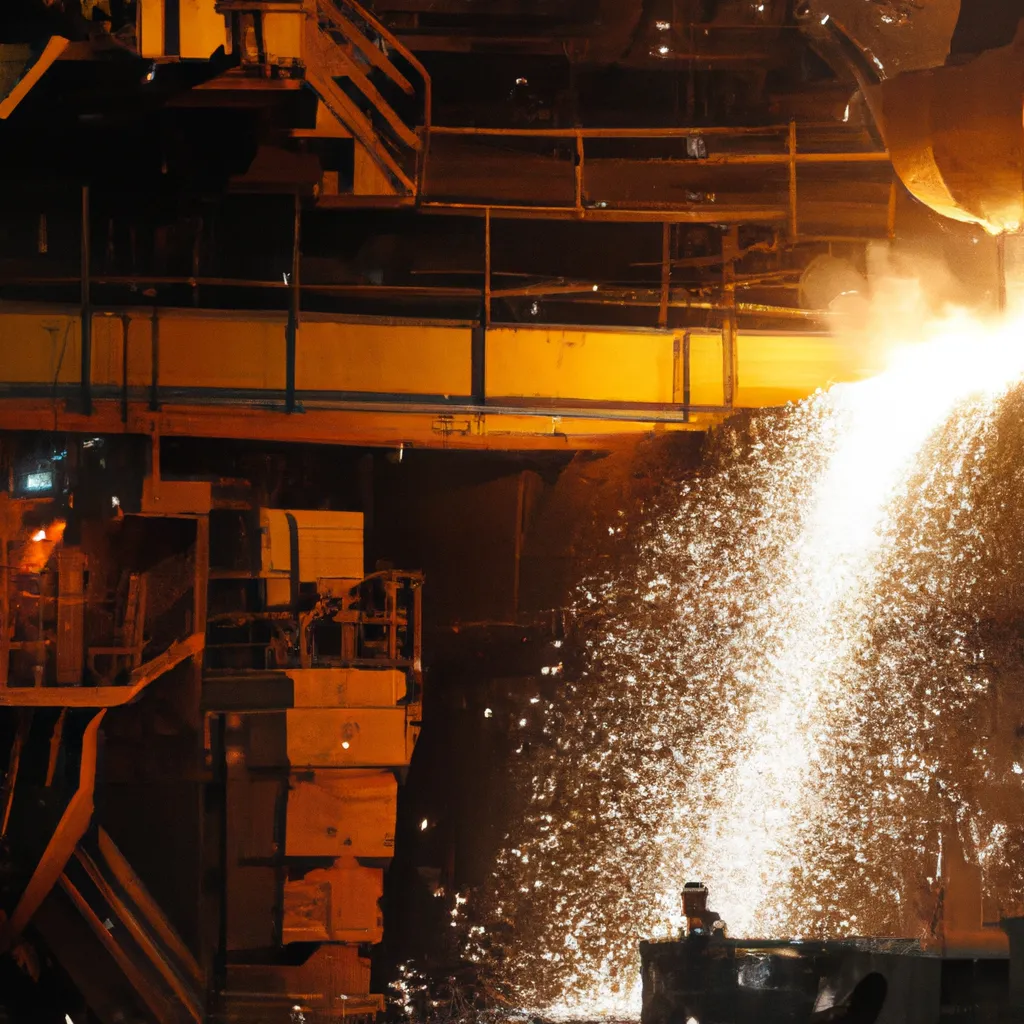Iron ore buyers are counting on the paradoxical benefit of negative real estate news in China.

Investors in iron ore seem to think that bad news is actually good news, lifting prices in local markets even as ownership issues compound for China, the biggest importer. This somewhat counterintuitive stance relies on the expectation that Beijing will take steps to stabilize a key sector and then strengthen it. This will boost demand for raw materials for steel production as Chinese mills increase output to meet the needs of the resurgent real estate sector, which accounts for about a third of the country's steel demand. Singapore's most-active November iron ore contract closed at $112.50 a metric ton on Wednesday, up 1.6 percent from its previous close of $110.78, the lowest level since Aug. 30.
The price increase comes amid bankruptcy of Chinese companies and their inability to meet their foreign debt obligations. Several major real estate companies, including Country Garden, have announced their inability to pay their debts and have initiated restructuring talks. JPMorgan Bank reports that developers responsible for 40% of China's housing sales since 2021 have failed to meet their financial obligations. These companies with the highest default rates have issued about $110 billion in road bills.
In light of the severe and spreading liquidity crisis in China's real estate sector, it seems counterintuitive to see iron ore prices rise. The stimulus measures taken by Beijing so far have not led to a recovery in the sector and, moreover, have not had the same supportive effect on other key sectors of the economy as expected.
There are also signs of a decline in China's iron ore imports in October, although this is likely due to the start of the month with the long holidays. The latest official iron ore import figure was the official customs value for August at 106.42 million metric tons, the highest monthly volume since October 2020. However, imports have since declined, and Kpler analysts forecast September shipments at 103.42 million metric tons and expect October volumes to reach 96.13 million metric tons. LSEG data put September imports at 95.46 million metric tons and expect October receipts to reach 88.48 million.
Another possible problem for iron ore imports is the policy China will choose regarding steel production in the coming winter period.




One possible bullish factor for iron ore is the continued decline in inventories at Chinese ports, indicating that imports could be increased to boost stocks. Consulting firm SteelHome reports that port inventories fell to 110.65 million metric tons for the week ending Sept. 22, the lowest level since July 2020 and below the 137.8 million level for the same week in 2022. Since there was no data for the week ending October 6 due to the holidays, it will be important to analyze the latest data to determine whether port inventories continue to decline and whether there will be demand to replenish them.
The views of the author do not reflect those of Reuters, which adheres to the principles of trustworthiness of information, independence and freedom from bias. Clyde Russell is a commentator on commodity and energy markets in Asia for Reuters. He worked as a journalist and editor for 40 years, covering conflicts across Africa as well as the resource boom. Originally from Glasgow, he has lived in Johannesburg, Sydney, Singapore and now moves between Tasmania and Asia. He writes about trends in commodity and energy markets, especially with a bias toward China. Before becoming a financial journalist in 1996, Clyde covered civil wars in Angola, Mozambique and other hot spots in Africa for Agence-France Presse.
Comment
Popular Posts
Popular Offers

Subscribe to the newsletter from Hatamatata.com!
Subscribe to the newsletter from Hatamatata.com!
I agree to the processing of personal data and confidentiality rules of Hatamatata










